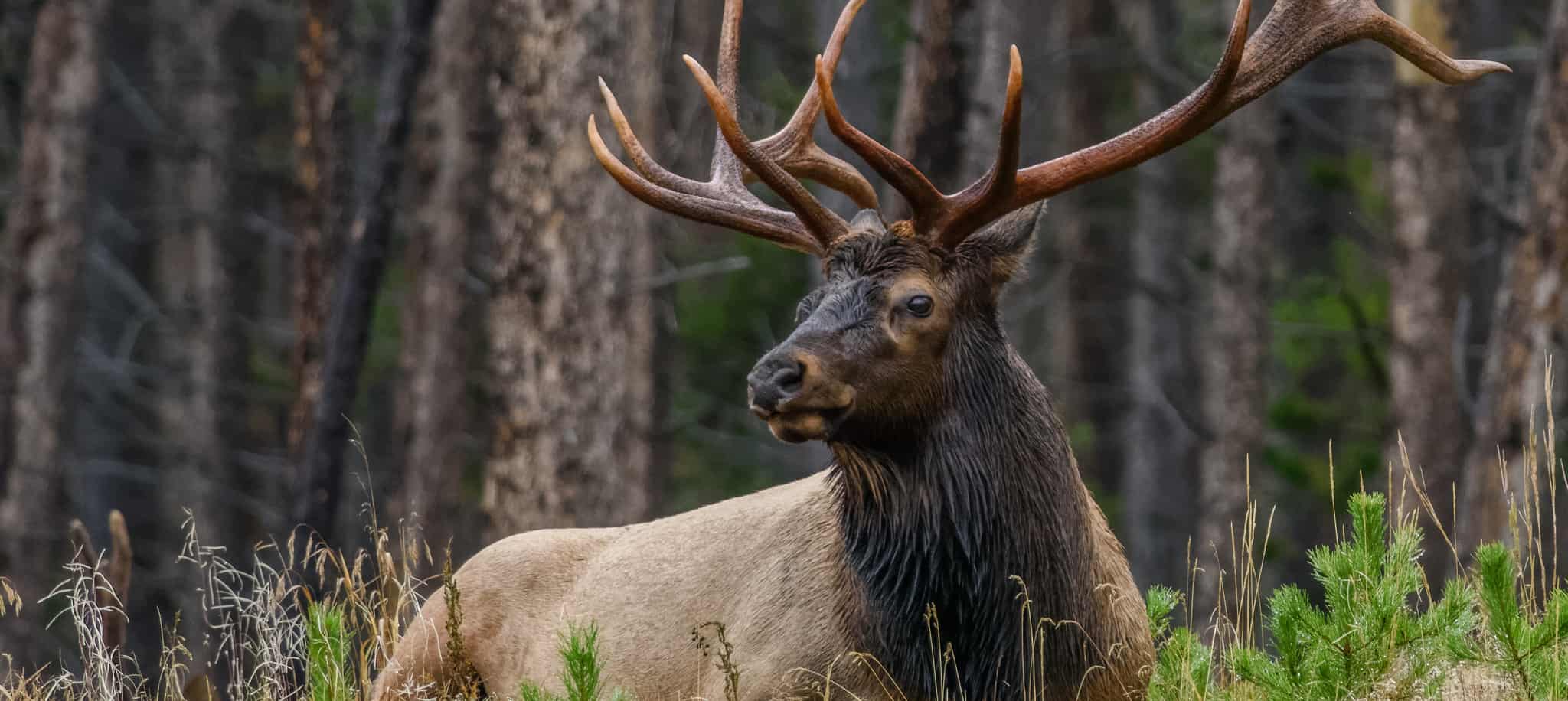Share this article
JWM: Usually adaptive, elk avoid beetle-killed forests
When fire or logging comes to a forest, elk (Cervus canadensis) can usually adapt, but looking at forests in the Rockies, researchers found that elk avoid areas that have been most affected by a massive bark beetle epidemic.
“When millions of hectares of forest have been impacted by the bark beetle epidemic, this leads to a loss of habitat,” said University of Wyoming researcher Bryan G. Lamont, a TWS member and lead author of the study published in the Journal of Wildlife Management.
Over nearly two decades, a bark beetle epidemic has wiped out conifers throughout the Rockies. One area straddling northern Colorado and southern Wyoming lost more than 1.5 million hectares of lodgepole pines due to the mountain pine beetle (Dendoctronus contorta). The epidemic has reshaped these mountain forests, altering the canopy, changing the understory and filling the forest floor with downed logs
Some wildlife, particularly species that depend on cavity nesting, have responded favorably. Others, including ground-nesting birds and red squirrels (Tamiasciurus hudsonicus), have declined. Wyoming Fish and Game Department biologists wondered how elk were responding, particularly given the popularity of elk hunting in the state.
“Their concerns were that elk use of the forest may change,” Lamont said, “and that hunter ability to harvest may be reduced because of having difficulty accessing elk due to increased downed logs.”
Looking at elk daytime use during the summer in Medicine Bow-Routt National Forest in south-central Wyoming, Lamont’s team expected to find mixed results. The loss of canopy would likely mean a loss in thermal cover, and more downed trees would make it difficult for the elk to move, forcing them to expend more energy. On the other hand, with new understory growth, elk would have more vegetation to forage. They expected elk might avoid the densest areas of downed trees but take advantage of the forage in other places.
Instead, elk tended to avoid beetle-killed areas overall, resulting in much less forest habitat that the elk use to keep cool during summer days. Beetle kill, researchers found, was different for the elk in important ways from wildfires or other disturbances.
“I can only speculate as to how they will compensate for the loss of habitat,” Lamont said, “but elk will simply have to adapt to less thermal and hiding cover by using the remaining forested areas that have not been impacted.”
His team recommended habitat treatment, such as controlled burning, to remove standing dead trees and downed logs, allowing the understory to grow while reducing the energy cost to the elk moving through the forest.
Financial constraints may keep the Forest Service from being able to treat many of these areas, Lamont said, but in places where managers can’t play a role, time may. The study took place shortly after the peak of the infestation, Lamont said, but gradually, the forests may become more accessible to elk.
“Currently, beetle-killed forests appear to be a detriment to elk during the summer,” he said, “but this could change as the structure and composition of the forests change over time.”
TWS members can access the article by logging in to their account.
Header Image: Researchers found that elk avoid beetle-killed forests, despite an increase in forage. ©Andrew E. Russell








